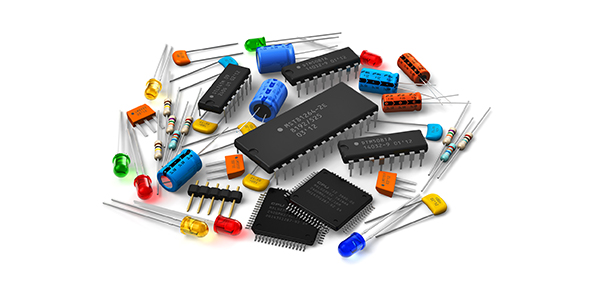Circuit Questions

Quiz designed for Mrs. Robinson's students who are attempting the 3 credit Unit Standard in Electricity.
- 1.
A series circuit is set up and contains the following: a battery which states '4V' on its side; and two identical lamps.Which statement below is true for this circuit?
- A.
If one lamp breaks, the other will shine more brightly.
- B.
If a voltmeter shows the voltage across the first lamp to be 3 volts, we can assume the voltage across the second lamp will be 1 volt.
- C.
The voltage across each lamp will be 4V, just like the voltage across the battery.
Correct Answer
B. If a voltmeter shows the voltage across the first lamp to be 3 volts, we can assume the voltage across the second lamp will be 1 volt. -
- 2.
A parallel circuit is set up which contains the following: a variable power pack which currently reads '12V'; two lamps in parallel.Which statement below is NOT true for this circuit?
- A.
If we attach voltmeters across the two lamps, both voltmeters will read '12V'.
- B.
If we attach ammeters across the two lamps, both meters will will read '12V'.
- C.
If we attach another lamp and voltmeter in parallel, the third voltmeter will read '12V' too.
Correct Answer
B. If we attach ammeters across the two lamps, both meters will will read '12V'. -
- 3.
REMEMBER THE CIRCUIT FROM QUESTION 2..."A parallel circuit is set up which contains the following: a variable power pack which [in question 2 read] '12V'; two lamps in parallel."If we turn the variable power pack so that it reads '6V', and then attach voltmeters across each lamp, what will the voltmeters read?
- A.
The first voltmeter will read 6V; the second will read 3V
- B.
The first voltmeter will read 3V; the second will read 6V
- C.
Both voltmeters will read 3V
- D.
Both voltmeters will read 6V
Correct Answer
D. Both voltmeters will read 6V -
- 4.
In a SERIES CIRCUIT...
- A.
The CURRENT (Amps) will be the same at any point in the circuit
- B.
The CURRENT will be higher at the end of the circuit
- C.
The CURRENT will be lower at the end of the circuit
Correct Answer
A. The CURRENT (Amps) will be the same at any point in the circuit -
- 5.
Which statement is NOT true in a PARALLEL CIRCUIT...
- A.
The number of Amps shown by an ammeter placed right after the power source would be the same as the Amps in each part of the circuit
- B.
The Amps in each parallel wire of the circuit would be equal
- C.
The Amps in each parallel wire of the circuit would add up to the Amps shown by an ammeter put in directly after the power source
Correct Answer
A. The number of Amps shown by an ammeter placed right after the power source would be the same as the Amps in each part of the circuit -
- 6.
A SERIES CIRCUIT is set up with the following: a cell with an ammeter right next to it (A1); three lamps, each with an ammeter beside them in series - these are given the names A2, A3 and A4.Which statement is TRUE....
- A.
If A1 reads 6A, A2 and A3 and A4 will each read 2A
- B.
If A1 reads 6A, A2 will read 3A, A3 will read 2A, and A4 will read 1A
- C.
If A1 reads 6A, all the other ammeters will read 6A as well
Correct Answer
C. If A1 reads 6A, all the other ammeters will read 6A as well -
- 7.
A PARALLEL CIRCUIT is set up with the following: a cell with an ammeter right next to it (A1); three lamps in parallel, each with an ammeter right beside them - these are given the names A2, A3 and A4. Which statement is TRUE....
- A.
If A1 reads 6A, the readings on the other three ammeters will add up to 6A; for example, they could read A2=2A, A3 = 2A, A4 = 2A
- B.
If A1 reads 8A, the reading on A2 will be 8A and the reading on each of the other two ammeters will be 4A
- C.
If A1 reads 6A, the readings on the other three ammeters will add up to 6A; for example, they could read A1=2A, A2 = 2A, A3 = 2A
Correct Answer
A. If A1 reads 6A, the readings on the other three ammeters will add up to 6A; for example, they could read A2=2A, A3 = 2A, A4 = 2A -
- 8.
Ammeters should always be connected in __________.
Correct Answer
series
line - 9.
Voltmeters should always be connected in parallel across a power source, lamp or other c____________.
Correct Answer
component
omponent
Quiz Review Timeline +
Our quizzes are rigorously reviewed, monitored and continuously updated by our expert board to maintain accuracy, relevance, and timeliness.
-
Current Version
-
Jan 07, 2013Quiz Edited by
ProProfs Editorial Team -
Oct 10, 2009Quiz Created by
Hrobinson
 Back to top
Back to top


